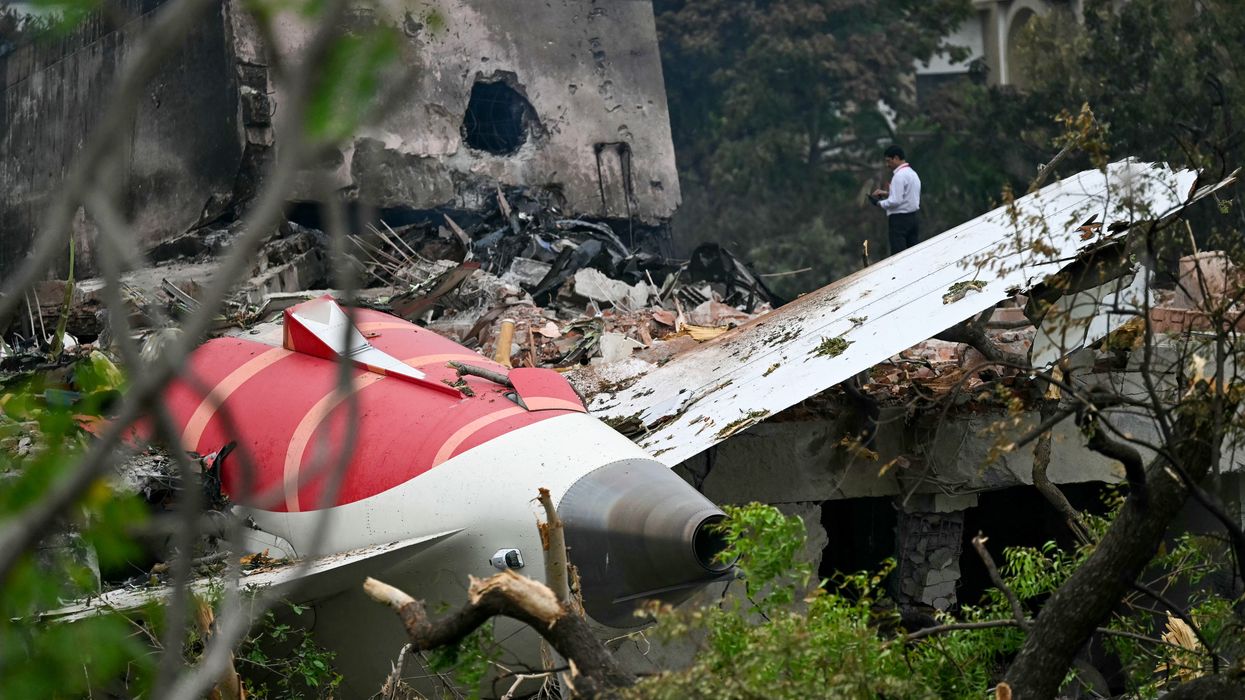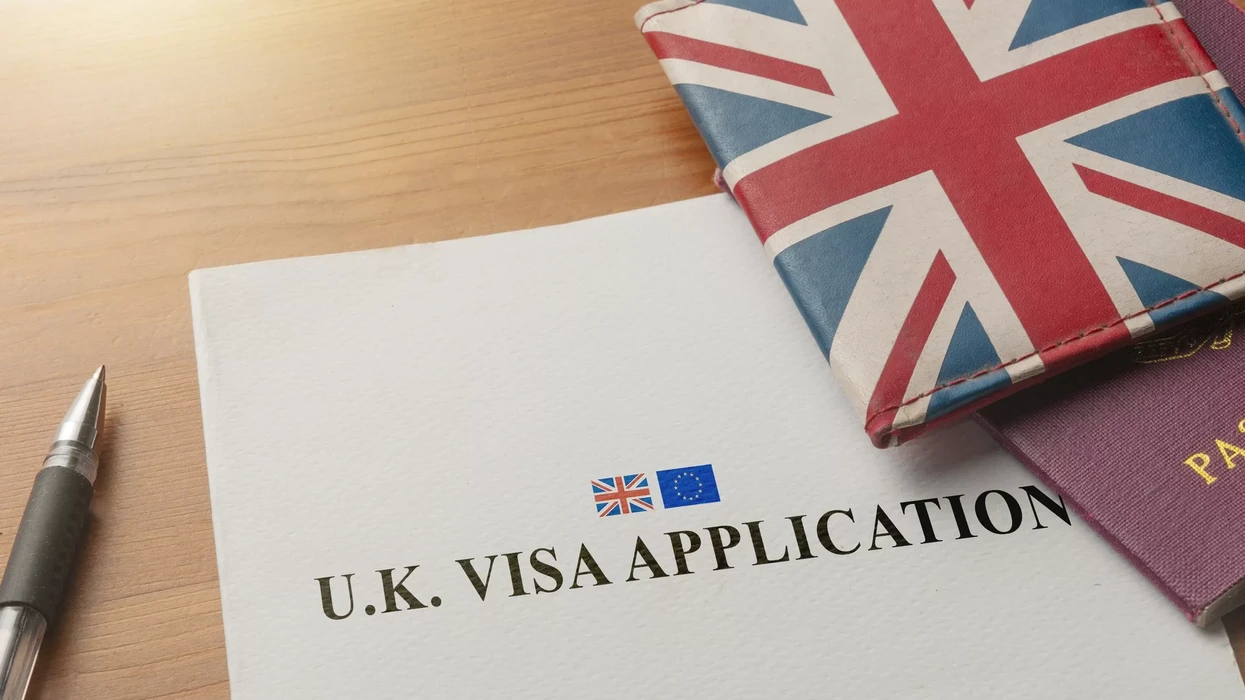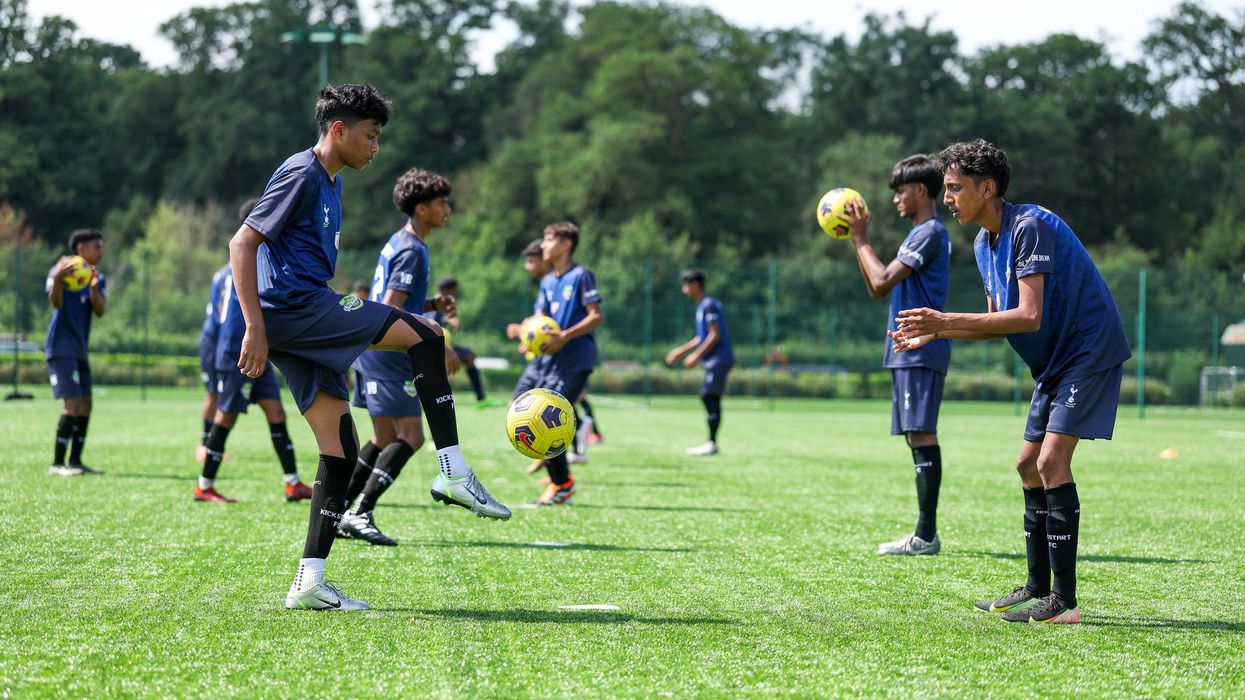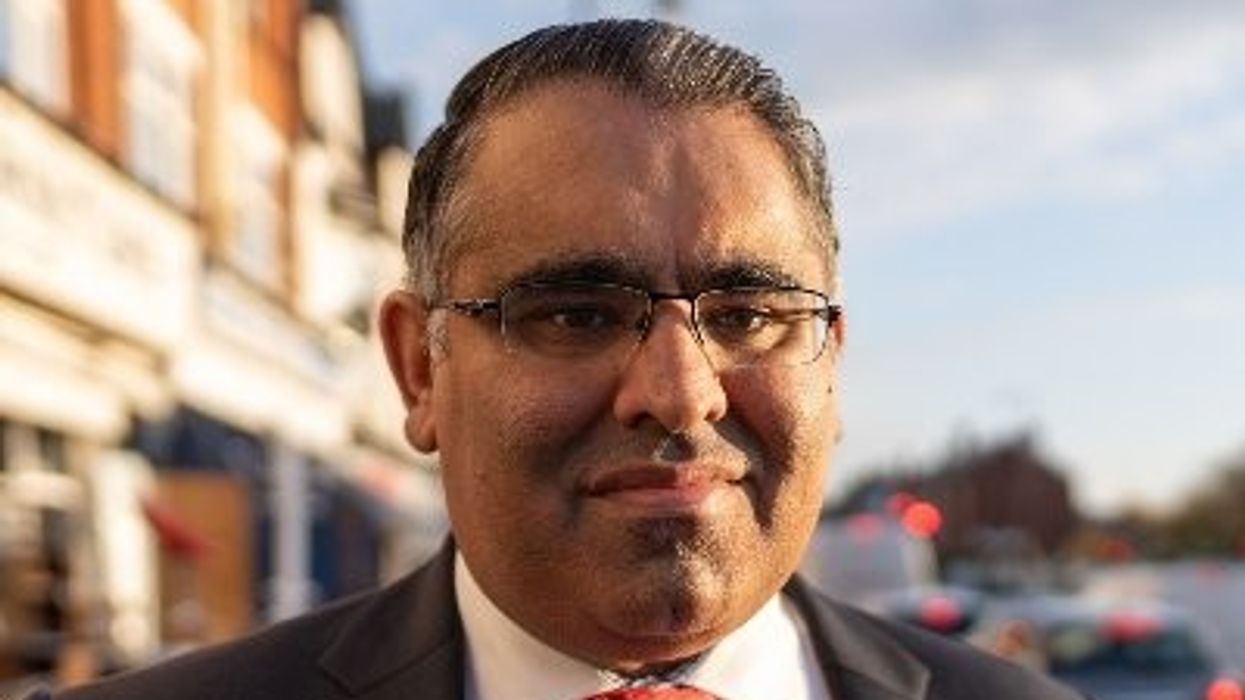INDIA OUTLINES LEADERSHIP ROLE ACROSS SOUTHEAST ASIA
INDIA cemented its diplomatic and security ties across southeast Asia in a clear challenge to China, as prime minister Narendra Modi called last Friday (1) for nations to have “equal access” to shared maritime and air spaces, and regional disputes to be settled under international law.
It’s not clear just how far New Delhi will take these relationships, given years of promise, and a general election due in 11 months that could be a distraction for Modi. And if India is already rattling China, it won’t want to spark open confrontation.
But Modi has taken several concrete foreign policy and security steps in southeast Asia in recent days.
He signed an agreement with Indonesia to develop a port in the city of Sabang that would overlook the western entrance to the Strait of Malacca, one of the world’s busiest waterways. The prime minister also agreed a pact with Singapore on logistical support for naval ships, submarines and military aircraft during visits.
In addition, Modi flew to Kuala Lumpur for a late-scheduled call on Malaysian prime minister Mahathir Mohamad, who won last month’s general election, effectively cementing ties with three of the most influential southeast Asian nations.
Last Friday, Modi told the Shangri-La Dialogue in Singapore, Asia’s premier defence forum, that India would work with the Association of South East Asian Nations (ASEAN) to promote a rules-based order in the Indo-Pacific region.
“We will work with them, individually or in formats of three or more, for a stable and peaceful region,” he said in the keynote speech at the forum.
Several delegates, including US defence secretary Jim Mattis, voiced support.
At the end of the forum last Sunday (3), Singapore defence minister Ng Eng Hen said: “I am sure many countries are delighted that India has indicated its firm commitment to the region.”
The term “Indo-Pacific” has grown in usage across diplomatic and security circles in the United States, Australia, India and Japan in recent years. It is shorthand for a broader and democratic-led region in place of “Asia- Pacific”, which some people have said places China too firmly at the centre.
In a nod to India’s growing regional stature, the US military’s Pacific Command in Hawaii formally changed its name to the US Indo-Pacific Command in a ceremony last Wednesday (30).
However, despite an outward show of friendship between China and India, and Modi’s comments about the strong relations between them, Beijing gave a distinctly cool response to his strategy.
The state-owned Global Times warned in an editorial last week: “If India really seeks military access to the strategic island of Sabang, it might wrongfully entrap itself into a strategic competition with China and eventually burn its own fingers.”
Senior Colonel Zhao Xiaozhou, research fellow at the Institute of War Studies Academy of Military Sciences of the People’s Liberation Army, told reporters on the sidelines of the Shangri-La Dialogue that Modi “made some dedicated comments on what he thought of the Indo-Pacific concept”.
He did not elaborate, but he was quoted as saying: “The Indo-Pacific strategy, and the quasi-alliance between the US, Japan, India and Australia will not last long.”
Indian foreign ministry officials said there was a strong element of self-interest in New Delhi’s efforts to secure open access to the Malacca Strait, since it carries about 60 per cent of its foreign trade.
But India’s intended footprint looks to be wider. Last month, three Indian warships staged exercises with the Vietnamese navy for the first time in the South China Sea, which is claimed almost wholly by China.
Vietnamese submariners are trained in India, while the two sides have significantly increased intelligence sharing and are exploring advanced weapons sales.
To the west, India signed an agreement for access to the port of Duqm on Oman’s southern coast, during a visit by Modi earlier this year. The Indian navy will be able to use the port for logistics and support, allowing it to sustain long-term operations in the western Indian Ocean, media reports said.
In January, India finalised a logistics exchange arrangement with France under which it can use French military facilities in the Indian Ocean.
Analysts said a more assertive India would answer concerns in southeast Asia about expanding Chinese influence in the region and a fear that the US was disengaging.
“There is some pressure (in ASEAN) for diversification of security relationships, taking insurances,” said C Raja Mohan, director of the Institute of South Asian Studies at the National University of Singapore. “An active India then actually fits into this situation.”
But although Modi has started strongly, it was not clear how well his strategy would be sustained, he added.
“Implementation has always been a major challenge for India. (Modi is) struggling to improve the capacity of Delhi to do things outside borders. There’s been some advance but that is a structural challenge that will remain.”
Manoj Joshi, a distinguished fellow at the Delhi-based Observer Research Foundation, echoed the sentiment, saying that ultimately what matters is how much India is ready to stake in the Indo-Pacific concept, politically and militarily.
“India has a reputation of talking big, but delivering little,” he said. “No matter what he [Modi] says, the issue is not about international law or trade disputes, but about raw power – China’s growing power and the effort of the regional states to contain it under the leadership of the US.” (Reuters, AFP)
















